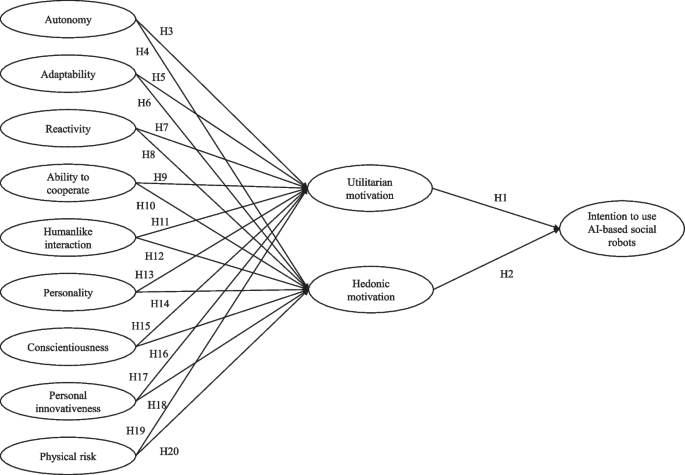
It took a while for academic research to catch up with trends in the marketplace, so one of the first significant papers in this field was van der Heijden's work, published in 2004. But with the advent of PCs, gaming systems, and wireless internet, products with hedonic attraction are now extremely big business. This makes perfect sense because when the only hardware you have is a multi-million dollar mainframe, there's not a lot of opportunity for creating widespread adoption of software that was designed purely for fun. If you have been reading these posts in the sequence I wrote them, you'll notice that most of the research on technology adoption from the 1960s to the 1990s focused on how useful and productive an IT system was for its users. "Hedonic" is simply a fancy academic way of saying "pleasant," so hedonic systems are ones where adoption takes place primarily because the tool is enjoyable to use.

This model is a real mouthful to say but a pretty simple and important concept, one that is often not considered when looking for ways to improve ESN adoption. Note: If you aren't sure what this post or series is about, check out my introductory post explaining it.

Google Scholar hits: 395 for "hedonic-motivation system adoption" and 2,390 hits for the more generic "hedonic theory"


 0 kommentar(er)
0 kommentar(er)
